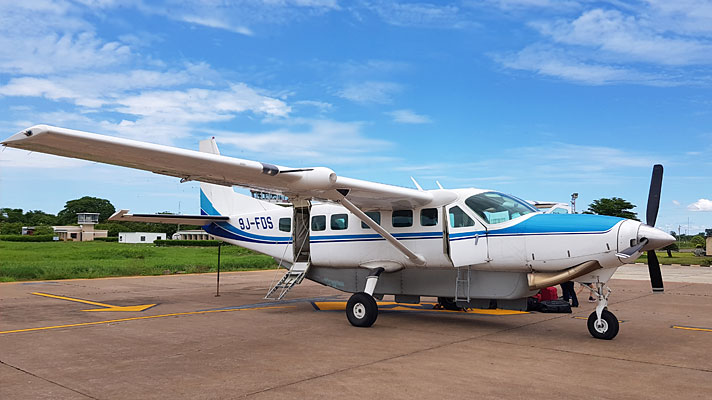Producing vs. Reducing
Before we start talking about reducing our carbon footprint, it’s important to know what we are producing. The term “carbon footprint” refers to the amount of greenhouse gases – and specifically carbon dioxide – emitted by our activities during a given period of time.
Carbon emissions can be broken down into three scopes:
- Scope 1: these emissions are direct emissions that we produce from sources we can control, such as driving a car.
- Scope 2: these emissions are indirect emissions that we don’t produce ourselves but encourage the production of, such as buying electricity or purchasing fuel.
- Scope 3: these emissions are indirect emissions that we don’t necessarily think are adding to our carbon footprint by purchasing or performing certain upstream and downstream activities, such as buying groceries or using particular shower products.
Now that we’ve established what carbon emissions are, we can jump into the 5 easy ways to reduce your carbon footprint when travelling.
1. Choose more sustainable options instead flying
Flying is the largest contribution to carbon emissions in the tourism industry, so if you are able to get to your destination without flying then it will definitely be better for our planet. This might encourage you to visit destinations closer to where you live and explore the domestic beauty right on your doorstep! How you travel when you reach your destination can also be a big carbon emitter, so we would suggest walking or cycling to explore if it’s possible.
2. Make climate-conscious decisions when flying
We know that sometimes flying is the only option when you’re travelling, especially to international destinations. However, there are ways of flying that are better for the environment. There are certain airlines that have programs in place to be more conscious of fuel efficiency and that execute sustainable practices in order to compensate for their carbon emissions. When you’re booking with Voyagers Zambia, our travel team can advise you on which airlines offer a greener approach. Feel free to contact us on DMC@voyagerszambia.com
3. Be mindful of how you pack
The heavier your suitcase is, the more carbon emissions you will produce. Therefore, we suggest just packing the essentials and keeping your bag as light as possible. If you’re planning a safari to Zambia, we have a blog post which suggests the 10 Things to Bring On Your Zambian Safari. It’s also important to pack eco-friendly products when you travel in order to reduce your waste at your destination. For example, packing biodegradable toiletries will be better for the environment.
4. Conserve energy and water resources
Just like you should at home, it is important to switch off appliances and lights when they’re not in use. Saving water by only showering once a day and by ensuring all taps are switched off when not in use are both ways to save water when you’re travelling.
5. Choose to eat local food
Eating the local food when visiting a destination can drastically reduce your food miles (the emissions from food transportation) which has a positive impact on the environment and it also helps to support the local people and local businesses. Eating less meat can also reduce your carbon emissions so we recommend leaning into some local vegetarian dishes if you get the chance.
It is incredibly important to do what we can to help protect our planet, even if it begins with small changes like any of the abovementioned points. If you have any questions or concerns about how to reduce your carbon footprint when travelling, please don’t hesitate to contact our travel team on DMC@voyagerszambia.com













